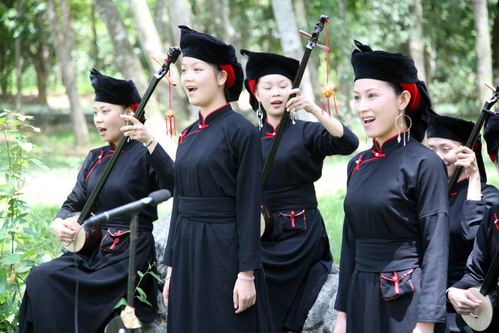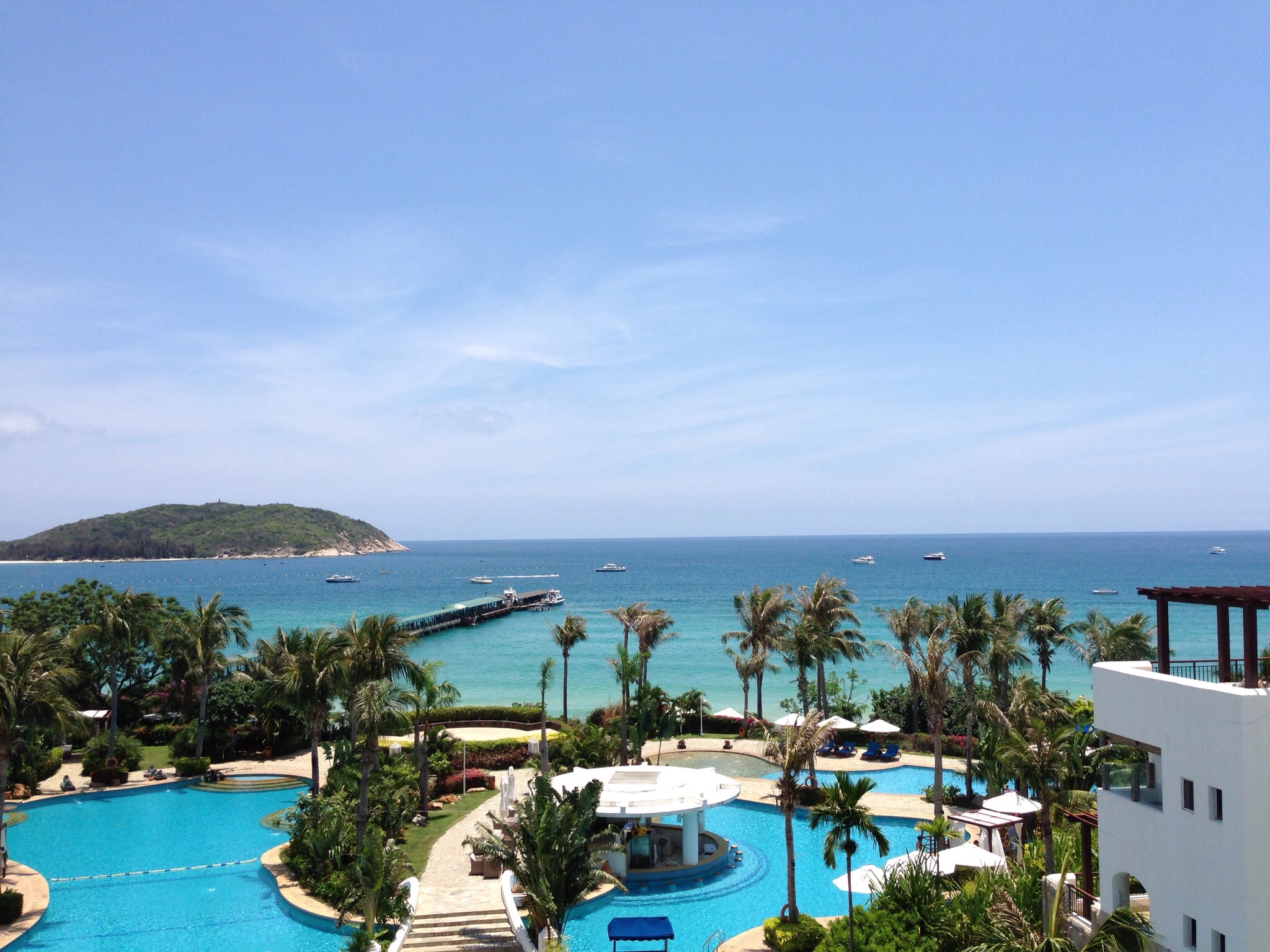|
Pityranthe
''Pityranthe'' is a genus of flowering plants belonging to the family Malvaceae. Its native range is China ( Guangxi) to Hainan Hainan (, ; ) is the smallest and southernmost province of the People's Republic of China (PRC), consisting of various islands in the South China Sea. , the largest and most populous island in China,The island of Taiwan, which is slight ..., Sri Lanka. Species: *'' Pityranthe trichosperma'' *'' Pityranthe verrucosa'' References {{Taxonbar, from=Q15809195 Brownlowioideae Malvaceae genera ... [...More Info...] [...Related Items...] OR: [Wikipedia] [Google] [Baidu] |
Diplodiscus Verrucosus
''Diplodiscus verrucosus'' is a species of flowering plant in the family Malvaceae ''sensu lato'' or Tiliaceae. It is found only in Sri Lanka Sri Lanka (, ; si, ශ්රී ලංකා, Śrī Laṅkā, translit-std=ISO (); ta, இலங்கை, Ilaṅkai, translit-std=ISO ()), formerly known as Ceylon and officially the Democratic Socialist Republic of Sri Lanka, is an .... Culture It is known as "දික්වැන්න - dikwenna" in Sinhala, and as "vidpani" in Tamil. References verrucosus Endemic flora of Sri Lanka {{Malvaceae-stub ... [...More Info...] [...Related Items...] OR: [Wikipedia] [Google] [Baidu] |
Brownlowioideae
Brownlowioideae is a subfamily of the botanical family Malvaceae. The genera in this subfamily used to be a part of the paraphyletic Tiliaceae until taxonomic revisions in part by the APG II system The APG II system (Angiosperm Phylogeny Group II system) of plant classification is the second, now obsolete, version of a modern, mostly molecular-based, system of plant taxonomy that was published in April 2003 by the Angiosperm Phylogeny Gr .... References Rosid subfamilies {{Malvaceae-stub ... [...More Info...] [...Related Items...] OR: [Wikipedia] [Google] [Baidu] |
Flowering Plant
Flowering plants are plants that bear flowers and fruits, and form the clade Angiospermae (), commonly called angiosperms. They include all forbs (flowering plants without a woody stem), grasses and grass-like plants, a vast majority of broad-leaved trees, shrubs and vines, and most aquatic plants. The term "angiosperm" is derived from the Greek words ἀγγεῖον / ('container, vessel') and σπέρμα / ('seed'), meaning that the seeds are enclosed within a fruit. They are by far the most diverse group of land plants with 64 orders, 416 families, approximately 13,000 known genera and 300,000 known species. Angiosperms were formerly called Magnoliophyta (). Angiosperms are distinguished from the other seed-producing plants, the gymnosperms, by having flowers, xylem consisting of vessel elements instead of tracheids, endosperm within their seeds, and fruits that completely envelop the seeds. The ancestors of flowering plants diverged from the common ance ... [...More Info...] [...Related Items...] OR: [Wikipedia] [Google] [Baidu] |
Malvaceae
Malvaceae, or the mallows, is a family of flowering plants estimated to contain 244 genera with 4225 known species. Well-known members of economic importance include okra, cotton, cacao and durian. There are also some genera containing familiar ornamentals, such as '' Alcea'' (hollyhock), '' Malva'' (mallow), and ''Tilia'' (lime or linden tree). The largest genera in terms of number of species include ''Hibiscus'' (300 species), '' Sterculia'' (250 species), '' Dombeya'' (250 species), '' Pavonia'' (200 species) and '' Sida'' (200 species). Taxonomy and nomenclature The circumscription of the Malvaceae is controversial. The traditional Malvaceae ''sensu stricto'' comprise a very homogeneous and cladistically monophyletic group. Another major circumscription, Malvaceae '' sensu lato'', has been more recently defined on the basis that genetics studies have shown the commonly recognised families Bombacaceae, Tiliaceae, and Sterculiaceae, which have always been considered closely a ... [...More Info...] [...Related Items...] OR: [Wikipedia] [Google] [Baidu] |
Guangxi
Guangxi (; ; alternately romanized as Kwanghsi; ; za, Gvangjsih, italics=yes), officially the Guangxi Zhuang Autonomous Region (GZAR), is an autonomous region of the People's Republic of China, located in South China and bordering Vietnam ( Hà Giang, Cao Bằng, Lạng Sơn, and Quảng Ninh Provinces) and the Gulf of Tonkin. Formerly a province, Guangxi became an autonomous region in 1958. Its current capital is Nanning. Guangxi's location, in mountainous terrain in the far south of China, has placed it on the frontier of Chinese civilization throughout much of Chinese history. The current name "Guang" means "expanse" and has been associated with the region since the creation of Guang Prefecture in 226 AD. It was given provincial level status during the Yuan dynasty, but even into the 20th century, it was considered an open, wild territory. The abbreviation of the region is "" (Hanyu pinyin: ; Zhuang: ), which comes from the name of the city of Guilin, the provin ... [...More Info...] [...Related Items...] OR: [Wikipedia] [Google] [Baidu] |
Hainan
Hainan (, ; ) is the smallest and southernmost province of the People's Republic of China (PRC), consisting of various islands in the South China Sea. , the largest and most populous island in China,The island of Taiwan, which is slightly larger, is claimed but not controlled by the PRC. It is instead controlled by the Republic of China, a '' de facto'' separate country. makes up the vast majority (97%) of the province. The name means "south of the sea", reflecting the island's position south of the Qiongzhou Strait, which separates it from Leizhou Peninsula. The province has a land area of , of which Hainan the island is and the rest is over 200 islands scattered across three archipelagos: Zhongsha, Xisha and Nansha. It was part of Guangdong from 1950–88, after which it resumed as a top-tier entity and almost immediately made the largest Special Economic Zone by Deng Xiaoping as part of the then-ongoing Chinese economic reform program. Indigenous peopl ... [...More Info...] [...Related Items...] OR: [Wikipedia] [Google] [Baidu] |


